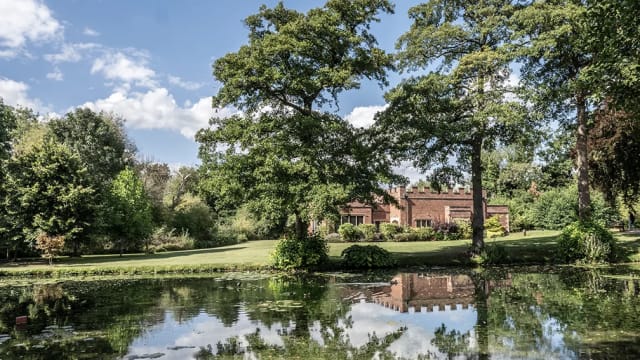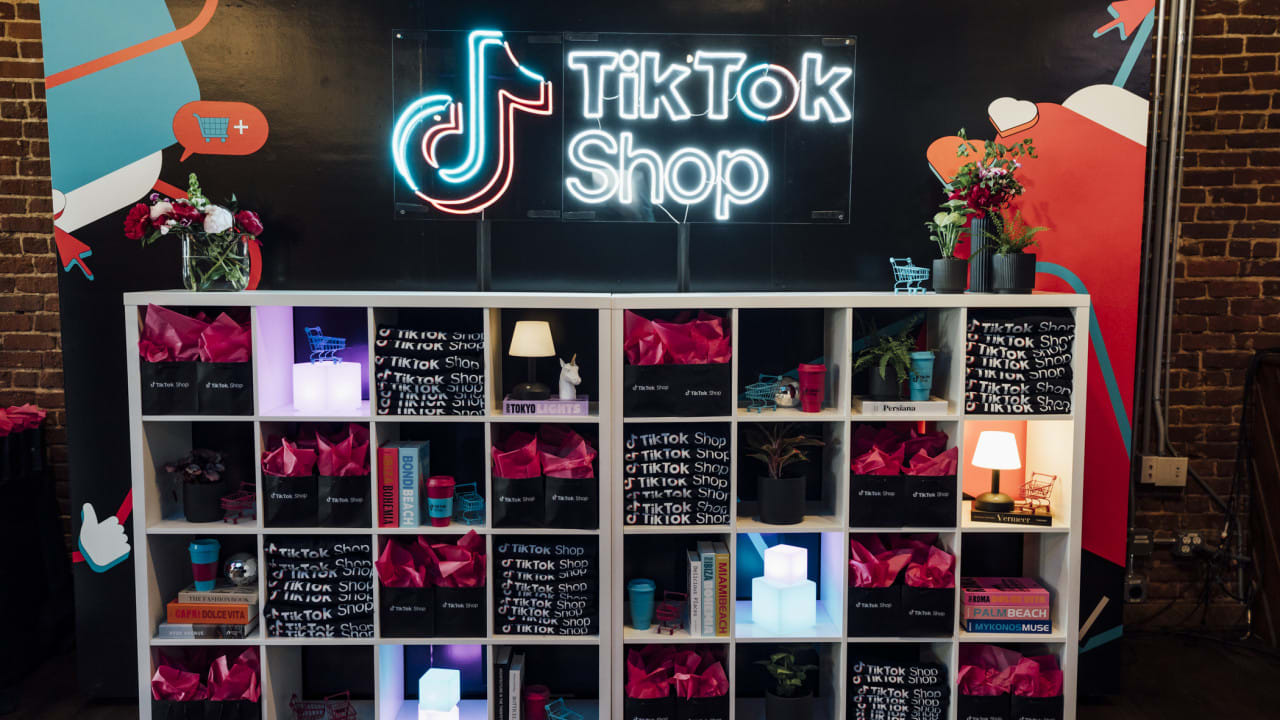11 ways to build an online community

Building an online community is essential to brand strategy and awareness- here's how to do it.
Online communities offer a unique platform for individuals to find their tribes and connect with others who share their passions. They are a great equaliser, as it means that geographical, social, economic and, sometimes political, boundaries that might otherwise inhibit certain groups of people from connecting, become less relevant.
The anonymity it can offer, can encourage open dialogue, challenging traditional social hierarchies and enabling marginalised voices to be heard.
Here are 11 effective ways to build your online community, according to emc3’s new report, Reimagine, Building A Community.
1. Define and articulate your purpose*
Communities with a clear purpose that fulfil a clear need are able to thrive. Kaufman (2012) writes that if you find a “hassle”, you can create a business, and communities are similar: if you find a need, you can create a community.
2. Build flexible, extensible gathering places
The community may begin quite organically, where people already gather, but once the purpose is more formally established, the community needs dedicated places to gather with an infrastructure that can grow as the community grows, being developed by the community members. Events, in all their myriad forms, are key places for gathering.
3. Create meaningful and evolving member profiles
Appropriately-designed profiles enable the community members to get to know one another and for the community ‘owner’ to get to know the members. This process can maintain community authenticity, encourage community bonds and allow for personalised experiences for members.
4. Design for a range of roles
It is a challenge to accommodate and inform new community members whilst offering other opportunities to more long-standing members. Therefore, the personalised experience for community members must be considered carefully.
5. Develop a strong leadership programme
The founding organisation will usually identify and appoint community leaders, who often act as brand ambassadors. These leaders are a key driving force in the community, so they must be invested in for the community to thrive. A carefully designed leadership programme can provide the encouragement required to help motivate and reward community leaders.
6. Encourage appropriate etiquette
Communities will always have to navigate disagreements, but in order to survive, there needs to be guidance in place for how members debate in a public forum, along with systems for enforcing the standards set. Knowing there are safety systems in place protects members and helps foster meaningful dialogue.
7. Promote cyclic events
Communities, online and offline, need a calendar of events to allow them to develop deep relationships and community-loyalty. The community should be able to host whole-
group events and also allow for community members to host their own events. Events might involve training, news, surveys, meet- and-greets, but whatever the schedule, the regularity is important.
8. Integrate the rituals of community life
By introducing and utilising rituals in the community, community culture is nurtured and grown. Rituals can be used to celebrate or mark particular occasions but the core idea is the creation of habits that enhance community identity.
9. Facilitate member-run subgroups
Member-run sub-groups can help to foster community-loyalty and members’ feeling of ownership and meaningful participation.
10. Prioritise user-generated content
Keep community members central by focusing on systems that allow individuals to interact with each other and share their own content. When community members and brand loyalists share content such as photos and videos of themselves engaging with the brand, this can be featured on the community platform. This often leads to the individuals feeling more valued and seen by the brand, which reinforces brand loyalty and advocacy.
11. Curate reward systems
Rewarding community members for their continued engagement and participation helps build and sustain the community, and prepare members for the leadership roles. However, as Kumar and Herger write, it is more complex that simply sugar-coating systems that are already in place with badges and stars (2013). When successful and sustainable communities are analysed, the aforementioned principles are clearly evident and can act as guiding principles or health checks for community building.
*(Principles 1-9 are the work of Amy Jo Kim, 2000)


 play_arrow
play_arrow
